Amphitheatrum Flavium - Kolosseum
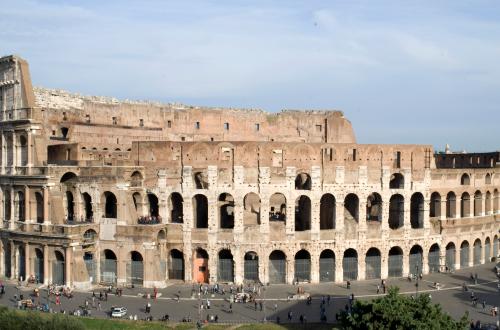
 Condividi
Condividi

Das schöne zweistöckige Gebäude aus dem 15. Jahrhundert mit seiner Altana und seinem Portikus ist mit dem Namen und der Geschichte von Fiammetta Michaelis verbunden.
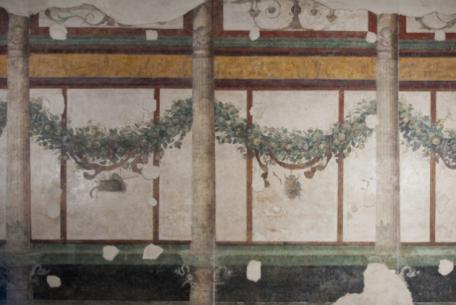
Das als "Haus der Livia" bekannte Gebäude wurde höchstwahrscheinlich in der ersten Hälfte des 1. Jahrhunderts v. Chr.
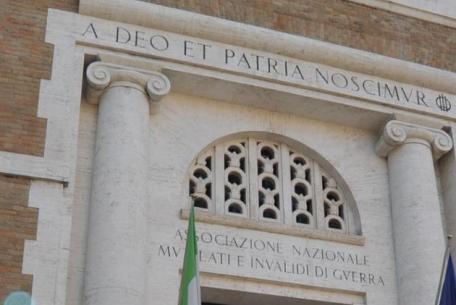
The palace on Piazza Adriana was commissioned by Carlo Delcroix, President of the National Association of the Mutilated and Invalids of War (ANMIG) and was built b
[...]
The protohistoric house is located near Castel Giubileo in Rome, in the area where the ancient city of Fidenae once stood and reproduces, in full scale, <
[...]
Das so genannte Römische Haus befindet sich im Untergeschoss des kleinen, aber wertvollen Barracco
[...]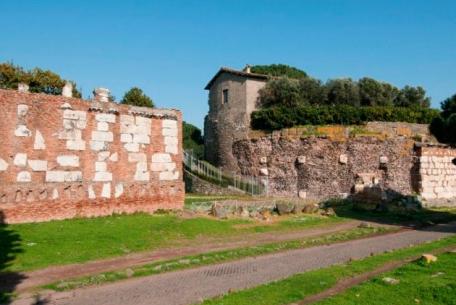
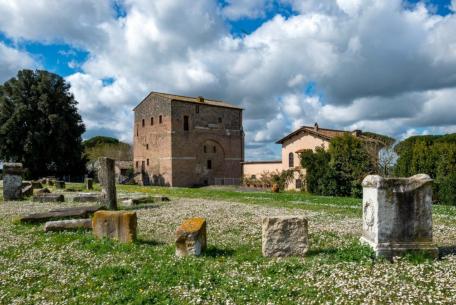
Ein Bauernhaus im Grünen, das unter Einbeziehung eines antiken römischen Denkmals, nämlich eines imposanten Viereckbogens aus dem 4. Jahrhundert n.
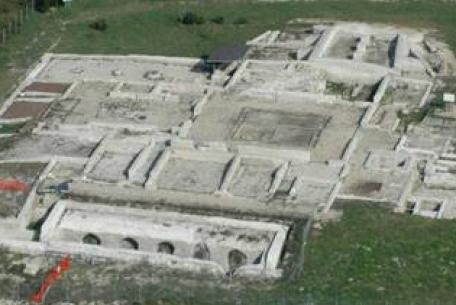
The area known in Roman times as Lorium, was the first coach house of the Via Aurelia, located at the XII mile of the consular road.

Da Bauernhaus Casale Sant’Eusebio stammt aus der Zeit zwischen dem 12. und 13.
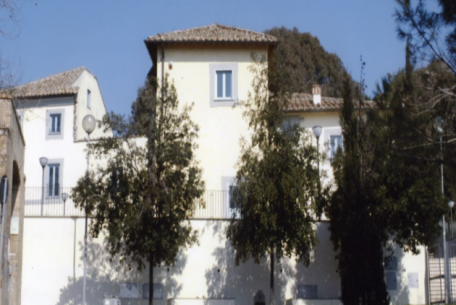
The two Casali Mellini stand on the left side of the southern entrance of the Villa of the same name, currently the Astronomical Observatory.
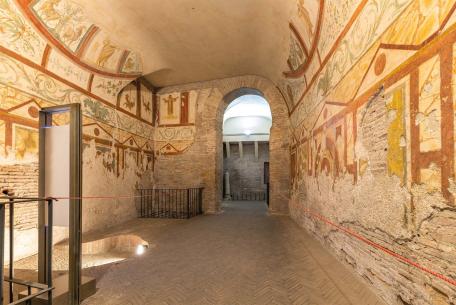

In den 1920er und 1930er Jahren wurde der Kapitolshügel von allen nachrömischen Bauten befreit und das Geb
[...]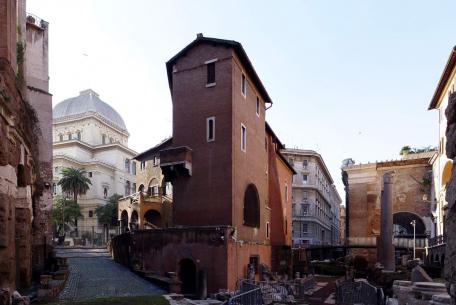
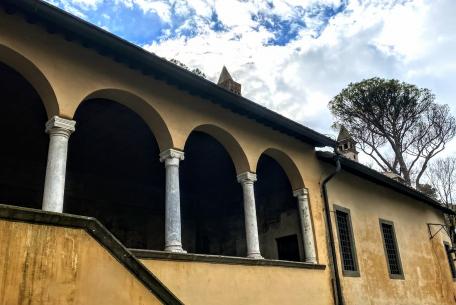
Die reizvolle Casina del Cardinal Bessarione (Haus des Kardinals Bessarion) liegt an der Via di Porta San Sebastiano, nahe der
[...]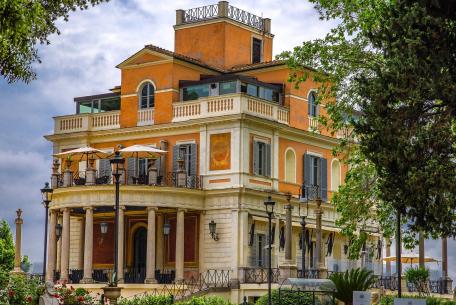
Giuseppe Valadier shuf zwischen 1813 und 1817 das Kaffeehaus Casina Valadier, sowie die Piazza del Popolo und die Passeggiata del Pincio.
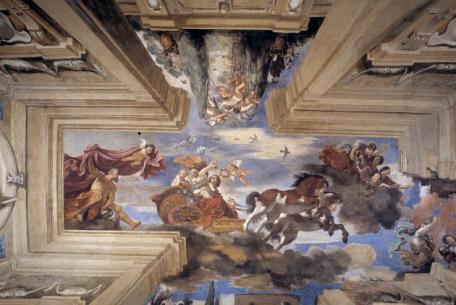
Von Goethe, Stendhal, Gogol und D’Annunzio in ihrer Schönheit weithin gelobt, lag die Villa Ludovisi mit ihren bezaubernden Gärte
[...]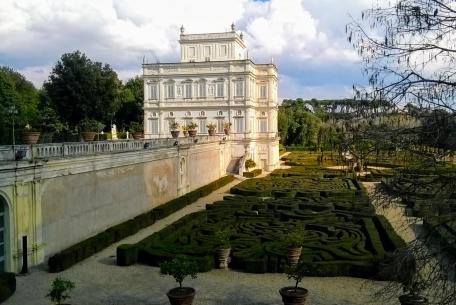
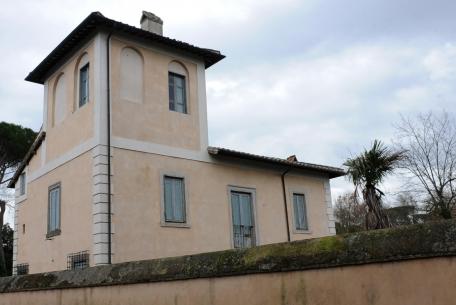
Das Casino del Graziano, ist ein reizvolles Gebäude im Grünen der Villa Borghese, in
[...]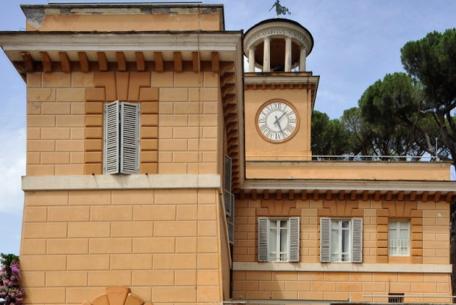
Located between Piazza di Siena and Viale dei Cavalli Marini, along the axis that leads from the
[...]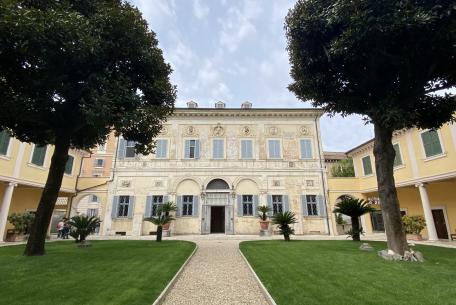
Built in the early 1600s at the behest of the Marquis Vincenzo Giustiniani, designed by Carlo Lambardi, the elegant two-storey casino, with a loggia opening onto a
[...]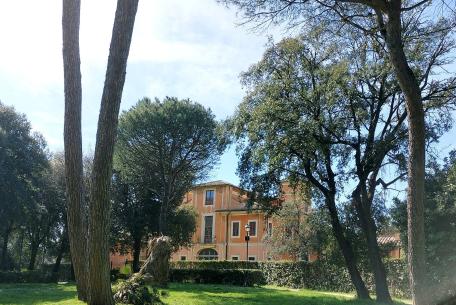
Die Geschichte der Villa ist mit den Wechselfällen der Familie Carpegna und insbesondere mit
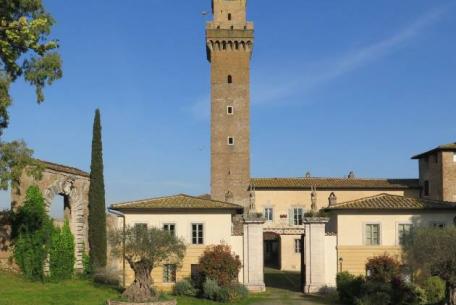
Located in the Giuliano-Dalmata district, the historical complex is characterized by different construction periods.
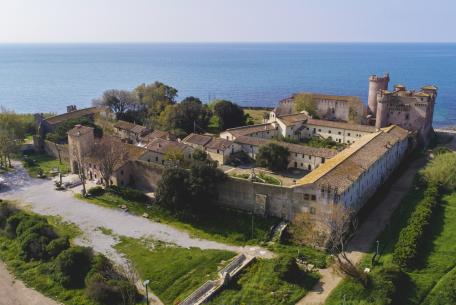
Die Burg von Santa Severa in Santa Marinella hat ihre Wurzeln in der Römerzeit.
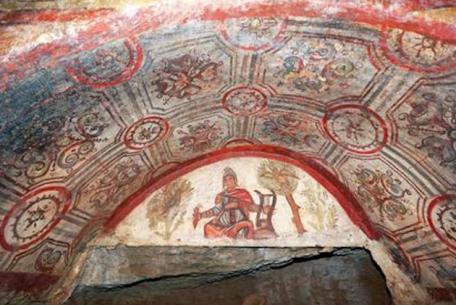
Die Katakomben Santi Marcellino e Pietro befinden sich in einem Gebiet, das von der antiken Via Labicana (heute Via Casilina) durchquert wird.
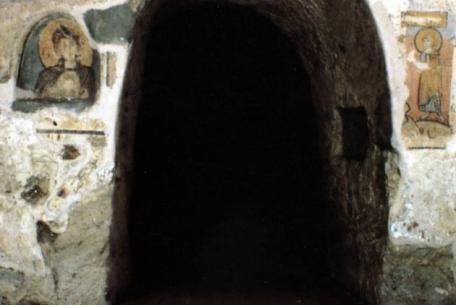
Sie liegen auf der Flaminia Straße, in der Nähe von einem großen Grabgebiet auf dem Parioli Hügel, wo sich einige Mausoleen befinden, die zwischen 1. und 2. Jahrhundert n. Chr. datieren.
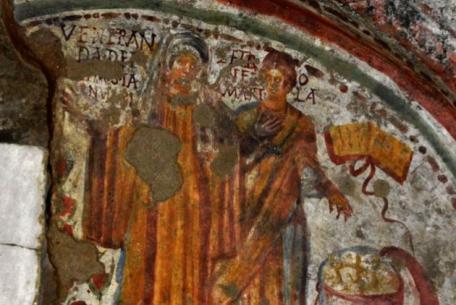
Die Domitilla-Katakomben befinden sich entlang der antiken Via Ardeatina und gehören zu den größten in Rom.
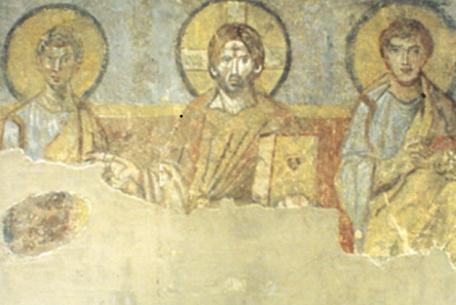
Die Katakombe wurde 1868 zufällig bei Forschungsarbeiten des deutschen Archäologen W.
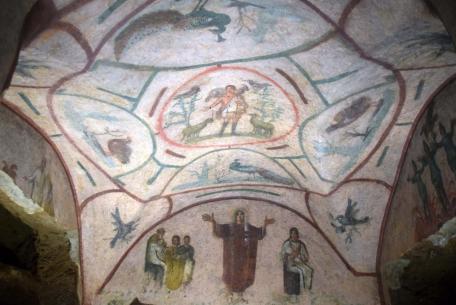
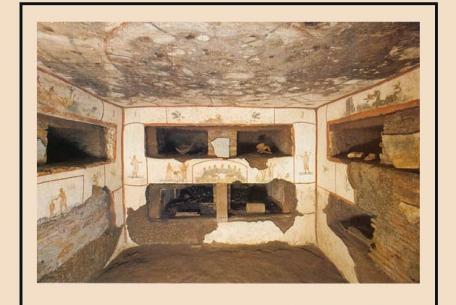
Die Calixtus-Katakomben stellen den ältesten und am besten erhaltenen Friedhofskern der Via Appia dar.
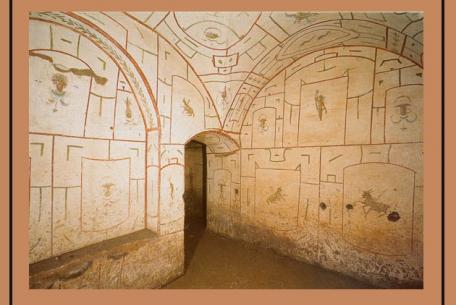
Die Grabanlage hat zwar einen heidnischen Ursprung, wurde aber gegen Ende des 2. Jahrhunderts mit christlichen Gräbern erweitert.

 Condividi
Condividi
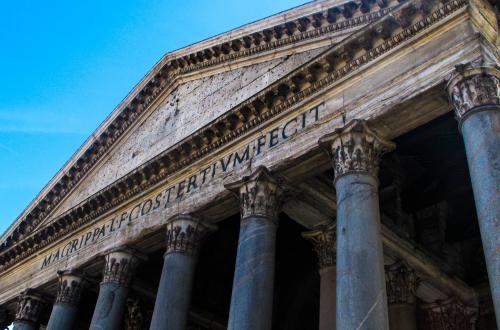
 Condividi
Condividi
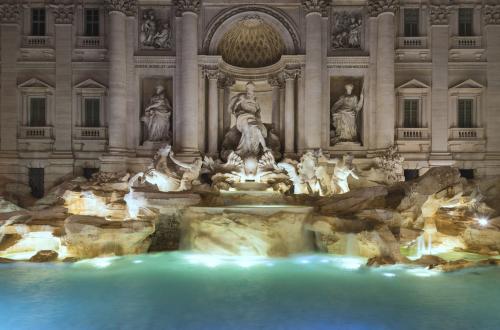
 Condividi
Condividi
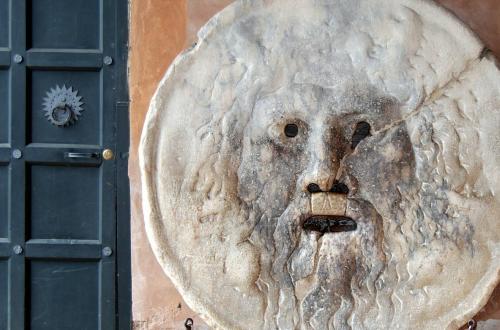
 Condividi
Condividi
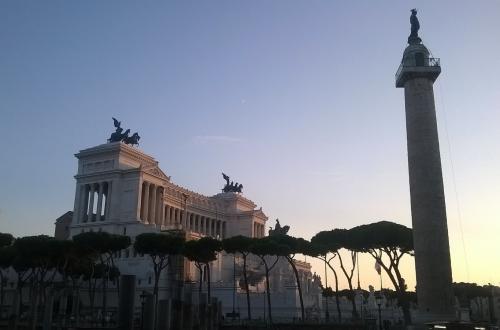
 Condividi
Condividi
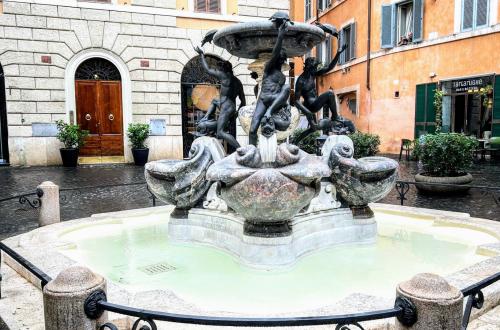
 Condividi
Condividi
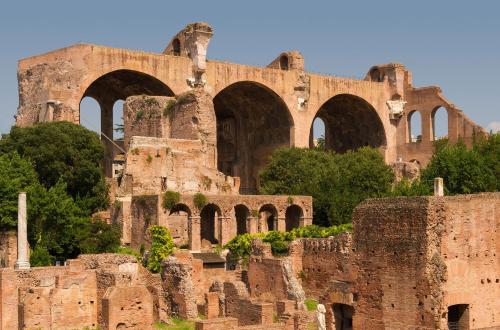
 Condividi
Condividi